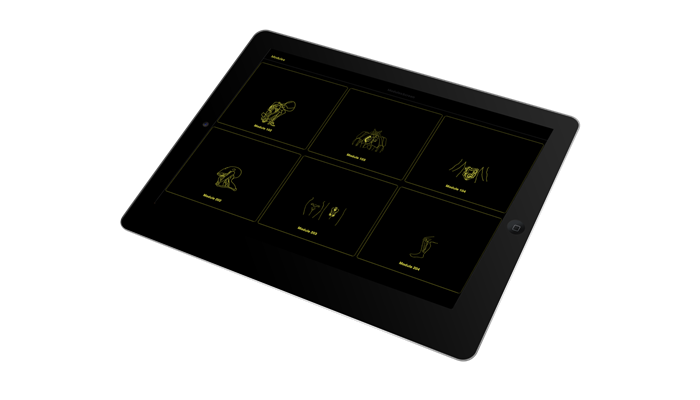Anatomy interface
Digital anatomy at your fingertips: A bespoke touchscreen gateway for accessing digital anatomy resources at the dissection table.
01/09/2019
There are a wealth of digital learning resources available to students in human anatomy, including in-house teaching material and externally sourced products. However, access to these is dispersed across interfaces which can be a barrier to an integrated teaching and learning approach in the dissection lab.
This project created a bespoke web-based interface for iPad that compiles access to multifarious digital anatomy resources into one clear and secure gateway for use at the dissection table.
Using HTML and JavaScript, a kiosk-style menu interface was created for use on a set of laboratory-dedicated iPads. Through this gateway, students access the diverse collection of learning resources during the dissection exercises, including the PDF dissection workbook, lecture materials on the VLE, video explanations, and full e-books.
Additionally, Brighton and Sussex Medical School has a large collection of pathology specimen pots which are labelled with a QR barcode, which when viewed with the iPad camera, provide an instant link to a full pathology history on the device.
To provide due protection in compliance with Human Tissue Authority legislation, the lab-dedicated iPads are restricted to display only the gateway interface and the ‘whitelisted’ websites. All sensitive material is housed behind appropriate firewall security.
Feedback from students has included, “easy to navigate”, “interactive”, “get to revise whilst other members of the group are working” and “can zoom in on images”.
